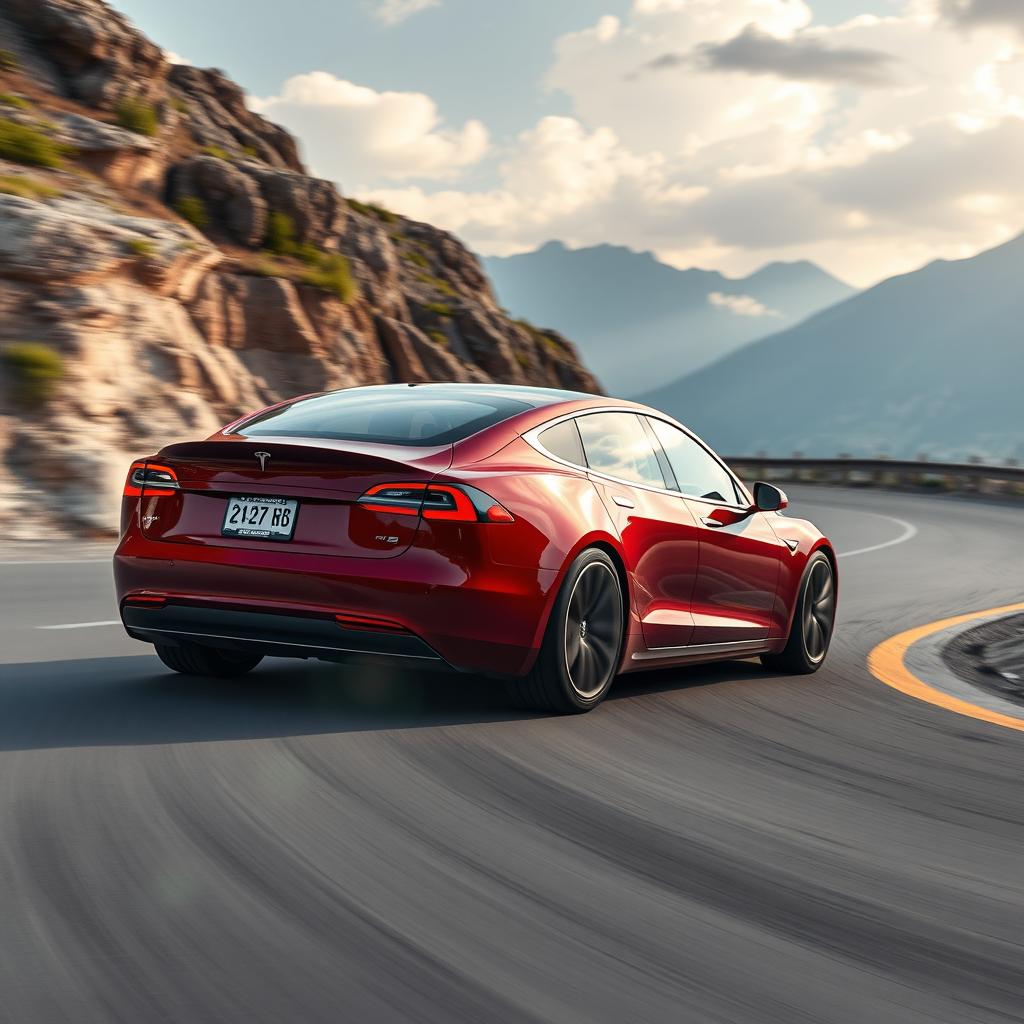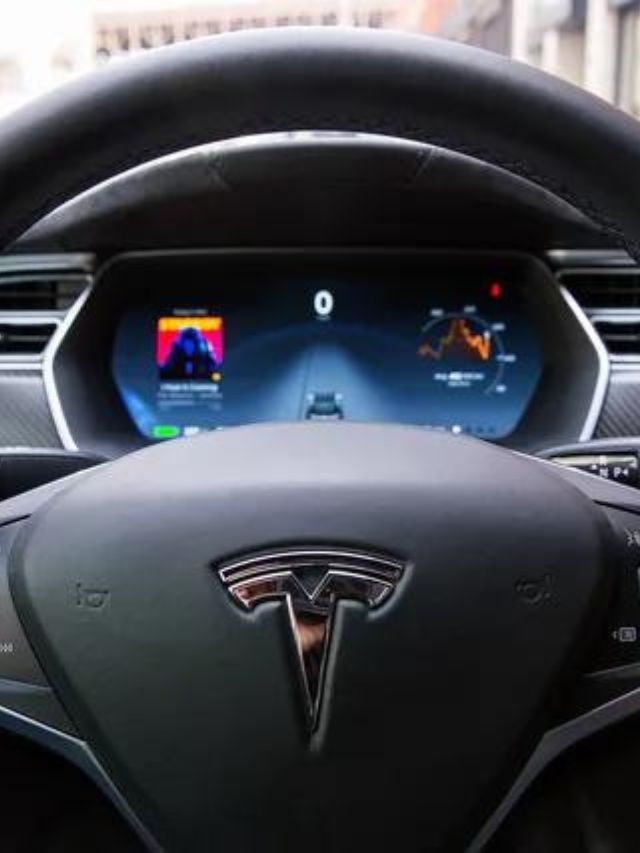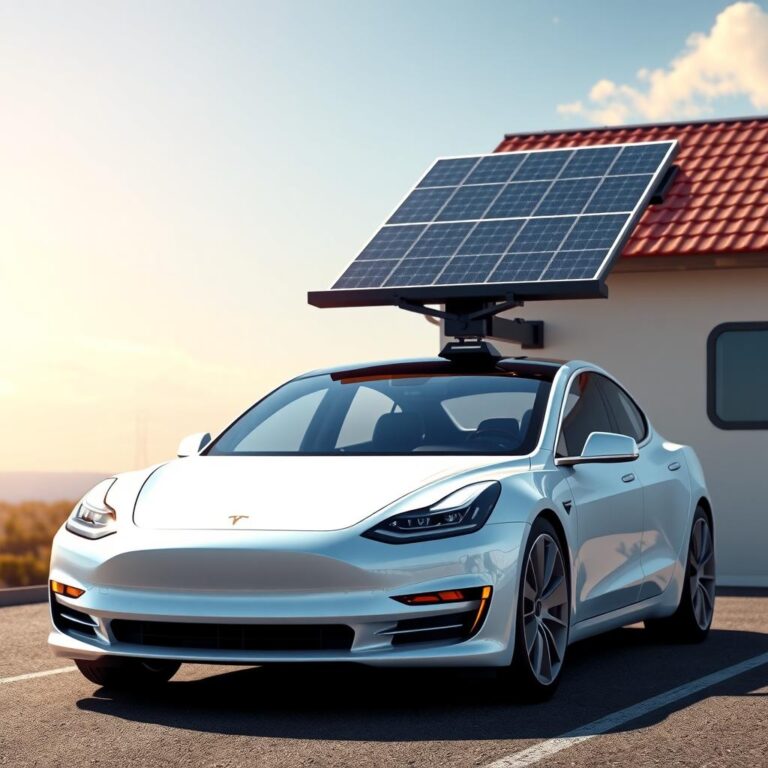Can Tesla Car Drive Itself?
Can Tesla Car Drive Itself?
If you’ve heard of Tesla’s advanced driver assistance systems, you might have wondered: “Can Tesla cars drive themselves?” Tesla’s self-driving capabilities have been a hot topic for years, with some people claiming that the company’s cars are already capable of fully autonomous driving, while others remain skeptical. So, what’s the truth? Can a Tesla car truly drive itself, or is this a case of overhyped marketing? Let’s take a closer look at what Tesla cars can and cannot do when it comes to autonomous driving.
In this article, we’ll break down Tesla’s Autopilot and Full Self-Driving (FSD) systems, discuss the current state of self-driving technology, and examine the limitations of Tesla’s self-driving capabilities.
Can Tesla Cars Drive Themselves?
As of today, Tesla cars cannot fully drive themselves without human intervention. Tesla offers a suite of advanced driver assistance features under its Autopilot and Full Self-Driving (FSD) packages, but these systems are not yet capable of completely autonomous driving. While Tesla cars can handle many driving tasks, they still require the driver to be engaged and ready to take control of the vehicle at any time.
Here’s what Tesla’s Autopilot and Full Self-Driving systems can do, and where they still fall short of true self-driving:
1. Tesla’s Autopilot: What It Can Do
Tesla’s Autopilot system is an advanced driver assistance feature that can perform certain driving tasks to make the driving experience more convenient and safe. Autopilot is included in all Tesla vehicles and can be upgraded to Full Self-Driving (FSD) for additional features. Here are some of the capabilities of Tesla’s Autopilot system:
- Adaptive Cruise Control: Autopilot can maintain a set speed and adjust the car’s speed based on traffic conditions. It can slow down and speed up automatically to keep a safe distance from the car in front.
- Lane Centering: Autopilot can keep the car centered in its lane, making long highway drives less tiresome. It uses cameras and sensors to monitor the road markings and adjust the steering accordingly.
- Automatic Lane Changes: Autopilot can automatically change lanes when it detects that a lane change is necessary for the car’s route. The driver can activate the lane change by using the turn signal, and the car will steer itself into the next lane.
- Autosteer: Autopilot can steer the car to follow the road, but it still requires the driver to keep their hands on the wheel and be ready to intervene if needed.
While Autopilot is a powerful tool that can handle many aspects of driving, it still requires the driver to be alert and ready to take over control of the vehicle at any time. Tesla clearly states that Autopilot is not a fully autonomous system and is intended for use with an attentive driver.
2. Full Self-Driving (FSD): What More Does It Do?
Full Self-Driving (FSD) is an upgrade to Tesla’s Autopilot system that offers additional features designed to move the car closer to full autonomy. FSD adds several capabilities that make the car more autonomous, but it still does not make the car fully capable of driving itself without human intervention. Some of the key features of Full Self-Driving include:
- Navigate on Autopilot: FSD can navigate highway ramps, merge onto highways, and take exits based on the car’s navigation system. This feature makes long highway drives more hands-off, but the driver must remain alert and be ready to take over at any time.
- Auto Park: FSD can park the car in both parallel and perpendicular parking spaces without the driver’s assistance. The system uses sensors to detect available parking spots and can maneuver the car into place.
- Summon: With Summon, the driver can command the car to move forward or backward in tight parking spaces remotely. Tesla’s FSD package includes an enhanced version called “Smart Summon,” which can navigate the car through parking lots to meet the driver at a specified location.
- Traffic Light and Stop Sign Control: FSD can detect and respond to traffic lights and stop signs. The car can slow down or stop at red lights and stop signs and proceed when it’s safe to do so. However, the driver must be ready to intervene if necessary.
Despite these impressive features, FSD still requires the driver to pay attention to the road. Tesla has made it clear that FSD is not a fully autonomous system, and the driver must remain engaged and ready to take control of the vehicle if needed.
3. Limitations of Tesla’s Autopilot and Full Self-Driving
While Tesla’s Autopilot and FSD systems offer impressive functionality, they still have limitations that prevent them from achieving full autonomy. Here are some of the key limitations of Tesla’s self-driving technology:
- Weather Conditions: Autopilot and FSD can struggle in adverse weather conditions, such as heavy rain, snow, or fog. The cameras and sensors that power Tesla’s systems rely on clear visibility of the road and surrounding environment. In bad weather, the system may not perform as well and could require manual intervention.
- Complex Urban Environments: Tesla’s self-driving systems are more effective on highways and less complex roads. In dense urban environments with heavy traffic, complex intersections, and unpredictable pedestrians, the systems may struggle to make the best driving decisions without driver input.
- Driver Engagement: Even with FSD, the driver must remain engaged at all times. Tesla’s system requires the driver to keep their hands on the wheel and be ready to take over control if needed. Tesla’s system is not designed for full hands-off driving, and the car will alert the driver if it detects a lack of attention.
- Regulatory Hurdles: Full autonomy is still heavily regulated, and Tesla’s self-driving technology is subject to local laws and regulations. In many places, fully autonomous cars are not yet legal, and Tesla’s systems are still working within the confines of the law.
4. Will Tesla Cars Ever Drive Themselves Completely?
Tesla has made significant strides in autonomous driving, but full self-driving technology is still a work in progress. Elon Musk has repeatedly stated that he believes Tesla will achieve full autonomy in the near future, but this has not yet been realized. The technology continues to improve through over-the-air software updates, and Tesla cars are capable of handling more tasks than ever before. However, achieving true Level 5 autonomy—where the car can drive completely without human intervention—remains a challenging goal.
Conclusion: Can Tesla Cars Drive Themselves?
In conclusion, while Tesla cars can perform many driving tasks autonomously through their Autopilot and Full Self-Driving systems, they cannot drive themselves entirely without human supervision at this time. Tesla’s systems are designed to assist the driver, but they still require the driver to remain alert and ready to take control of the vehicle if necessary. Full autonomy, where a Tesla car can drive itself without any human involvement, is still a goal for the future, but it is not yet a reality.
As Tesla continues to develop and refine its self-driving technology, we may get closer to fully autonomous cars, but for now, Tesla vehicles are best used as advanced driver assistance systems that help make driving safer and more convenient, with the driver still in control.

Frequently Asked Questions About Tesla Cars and Self-Driving
1. Can Tesla’s Autopilot drive my car without any input from me?
No, Tesla’s Autopilot and Full Self-Driving (FSD) features are advanced driver assistance systems, but they are not fully autonomous. Tesla cars can assist with steering, braking, and accelerating, but the driver is still required to pay attention and keep their hands on the wheel. These systems are designed to make driving easier but not to fully replace the driver.
2. Is Tesla’s Full Self-Driving system capable of driving in city traffic?
While Tesla’s Full Self-Driving system can handle highway driving and some aspects of city driving, it is still limited in complex urban environments. In heavy traffic, with pedestrians, cyclists, and complex intersections, Tesla’s system may struggle and require the driver’s intervention. Full autonomy in these situations is still a work in progress.
3. Can Tesla cars drive completely on their own in certain conditions?
While Tesla’s systems are highly advanced, they are not capable of fully autonomous driving under all conditions. Tesla cars can drive themselves in certain conditions, such as on highways with clear road markings and less complex environments. However, they still require the driver to be engaged and ready to intervene, especially in more challenging conditions like city streets, construction zones, or inclement weather.
4. Is Tesla’s Full Self-Driving feature available in all regions?
No, Tesla’s Full Self-Driving feature is not available in all regions. It is subject to local regulations and legal restrictions, and in some areas, fully autonomous vehicles are not yet approved for use. Tesla’s systems are constantly being updated, but regulatory approval for full autonomy varies by country and jurisdiction.
5. How safe is it to use Tesla’s Autopilot and Full Self-Driving systems?
Tesla’s Autopilot and Full Self-Driving systems are designed to improve safety by reducing human error. However, they are not infallible. While these systems can handle many driving tasks, they still require the driver to remain alert and ready to take over at any moment. Tesla’s system is safe when used as intended, with the driver staying engaged and following all safety guidelines, but using it irresponsibly or relying on it in complex situations can be dangerous.
6. Will Tesla cars ever drive completely without human input?
Elon Musk has expressed confidence that Tesla cars will achieve full autonomy in the future, but as of now, full self-driving without human input is not yet a reality. Tesla is constantly improving its Autopilot and FSD systems with over-the-air updates, but the goal of true Level 5 autonomy, where a car drives entirely on its own in all conditions, remains an ongoing challenge in the field of autonomous vehicles.
Conclusion: Can Tesla Cars Drive Themselves?
In conclusion, Tesla cars are not yet fully autonomous and cannot drive themselves entirely without human supervision. While Tesla’s Autopilot and Full Self-Driving systems offer impressive capabilities, they still require the driver’s attention and readiness to intervene. The dream of completely autonomous driving is still a work in progress, but Tesla’s self-driving technology continues to evolve and improve with each update.
As Tesla works toward the goal of full autonomy, their cars remain some of the most advanced driver-assistance systems available, making driving safer and more convenient while still requiring human oversight and intervention in certain conditions.


